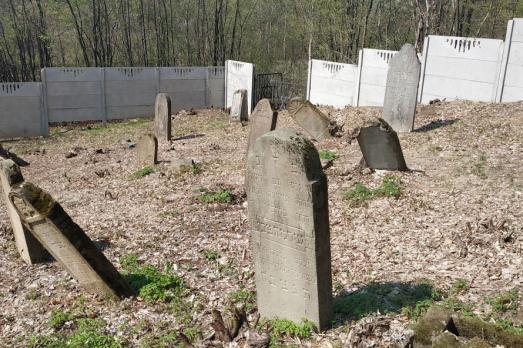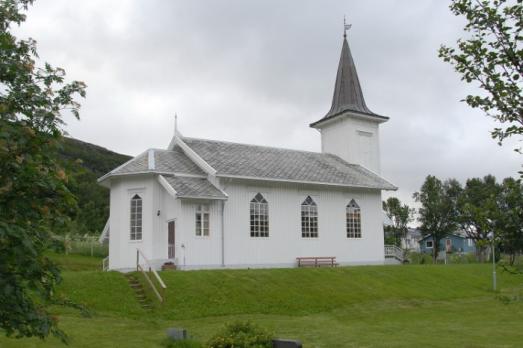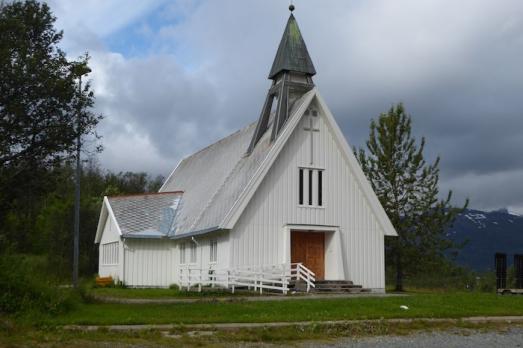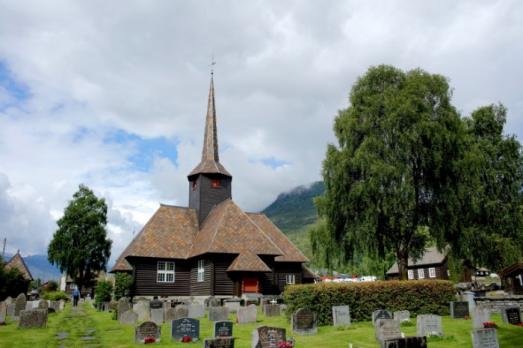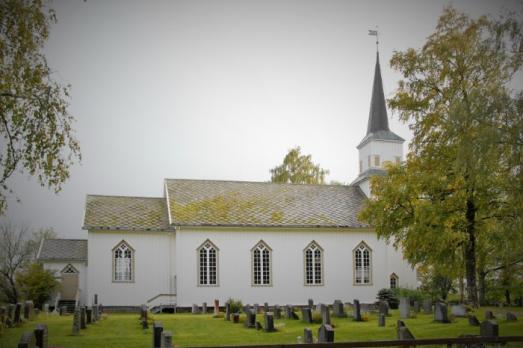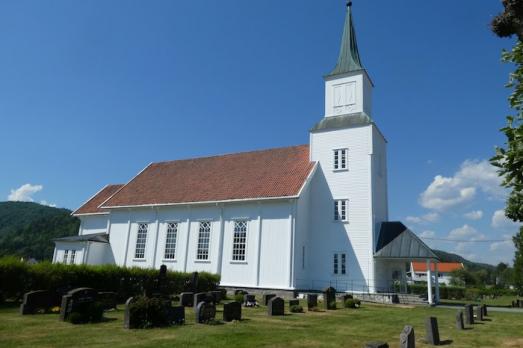Kuza susreta Tabor
Samobor, HR
As a province with such geographical boundaries it has existed since 1900 and the first provincial was appointed by Rome Fr. Vendelin Vosnjak, now a servant of God and hopefully soon a candidate for beatification. In the year of the great Christian jubilee we will celebrate the 100th anniversary of the existence of our province.
